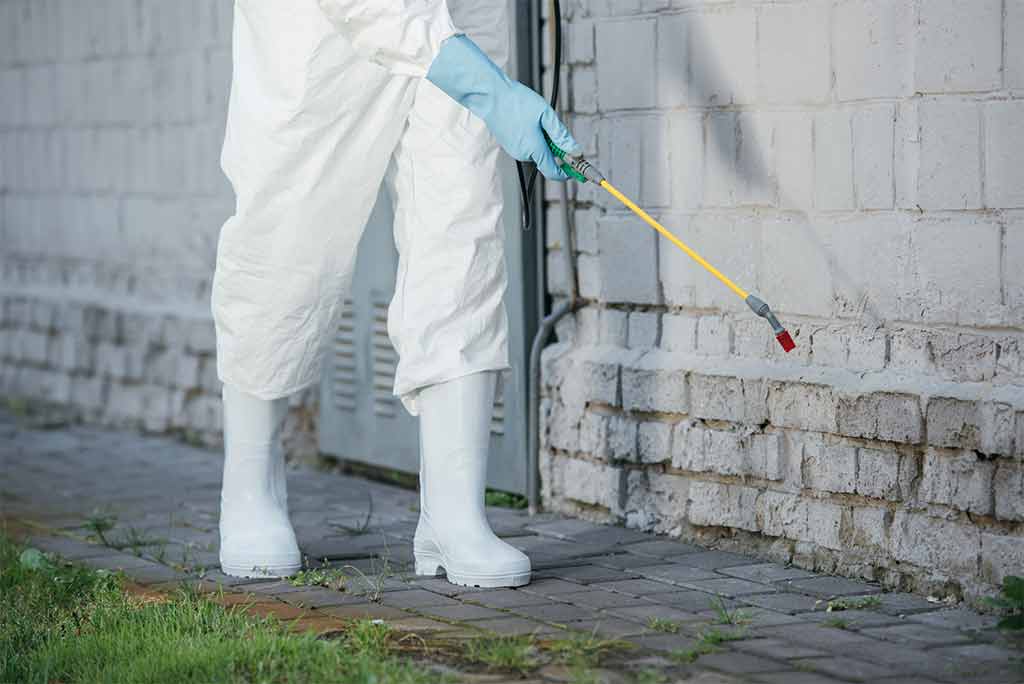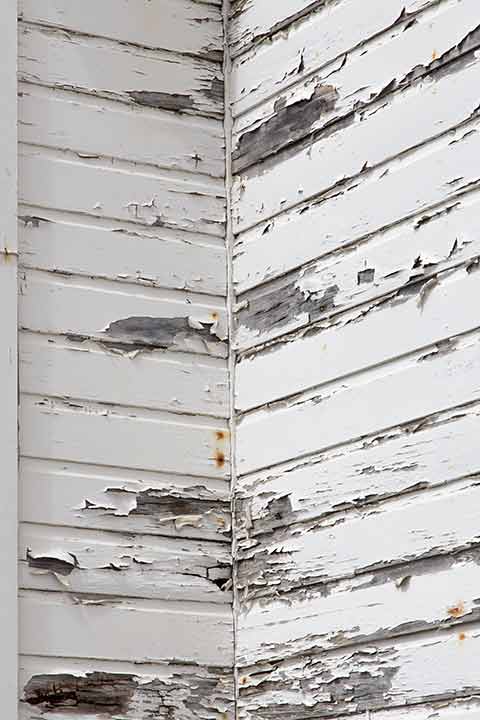Toxic tort is a subset of Personal Injury Law. Toxic tort refers to issues associated and caused by exposure to toxic substances such as industrial chemicals, pesticides, lead based paint, pharmaceutical drugs, environmental toxins.
Examples of Toxic Tort Cases
A famous real life Toxic Tort case was presented by Erin Brockovich with then said claim against Pacific Gas and Electric of California which focused on drinking water contaminated with hexavalent chromium -6 which is known to cause cancer in animals and humans. The case was settled for 333 million.
Often results in Mass Torts brought on by individuals or groups. Mass (Toxic Tort) Cases Involve:
- Exposure to dangerous substances
- Injuries and damages suffered due to exposure
Plaintiffs in these cases are those that claim to have suffered injuries or loss as a result of exposure to toxins and chemicals
- Buyers
- Users or Consumers

It is essential that Plaintiffs prove causation and damages
- Substance was harmful, dangerous, toxic
- An exposure to the substance
- The substance caused harm or damage to the plaintiff
The Role of Certified Legal Nurse Consultant in Toxic Tort Cases
- Traditional CLNC services
- Heavy emphasis on damage and causation
- Apply authoritative research of specific toxins and chemical issues
- Research availability of Toxicology experts
To prove a chemical exposure caused a certain cancer in a plaintiff case, would need to look at factors that could cause cancer including genetics, lifestyle, other relevant history and examine whether the specific chemical causes cancer in the amount to which plaintiff was exposed.
Trial No Error
We will review your case so you can proceed with absolute confidence
Liability in Toxic Tort Cases
Intentional Torts
If injury occurred because of hidden information may be considered an Intentional Toxic Tort. Can be a serious crime depending on State Law.
Negligence and Gross Negligence
- Level of care required of a manufacturer, seller, contractor or supplier handling toxic substances is greater.
- The likelihood of harm is great. Even if the likelihood of harm is small, the gravity of harm, if it occurs is great.
- Failure to warn of risk of injury and methods to avoid or reduce the risk to acceptable levels can cause harm.
Strict Liability

The imposition of liability on a party without a finding of fault. The claimant need only prove that the tort occurred and that the defendant was responsible. The law imputes strict liability to situations it considers to be inherently dangerous.
Implied Warranties
A legal term for the assurances either written or oral that a product is fit for the purpose intended and is merchantable and conforms to an ordinary buyer’s expectations.
Nuisance and Trespass
Unlawful invasion of property rights commonly associated with property damage claims.
Private Nuisance
Lawsuits typically arise between neighbors with one property owner being negatively affected by the acts of his or her neighbor.
- Vibration
- Pollution of a stream or soil
- Foul odor
- Excessive light
- Loud noises
- Unsightly Aesthetics
- Threat of injury
- Dog barking throughout the night
What are the challenges for Plaintiffs in Toxic Tort Cases?
- Difficulty establishing injuries and causation
- Must prove general causation as well as specific causation
- Negligence liability is substantially complicated to prove
- Establishing element of causation conventionally may present obstacle to recovery
- Difficulty locating qualified testifying experts, i.e., Toxicologist
- Defense argument that the expert’s opinion is not supported by accepted and authoritative research but rather to “junk science”
- Testifying expert’s opinion on the element of causation must satisfy state and or federal standards for admissibility
- Many exposures involve a long latency period, i.e., 10-20 years for asbestos
- Cases involving exposure to multiple toxins and chemicals make it difficult to identify specific substances involved and to target defendants
- May be difficult to prove that exposure occurred, when exposure occurred, or the level of exposure
- Many toxic substances cause only a slight increase in a particular pathology, which can be due to other causes
What are the challenges for defendants in Toxic Tort Cases?
- Adverse Publicity
- Jurors may be less sympathetic to profit-oriented companies rather than to individuals
- Increased public awareness of harm of chemicals and toxins
How a CLNC saved one attorney time & money
A case assessment can prevent you going to trial based on misinterpreted evidence